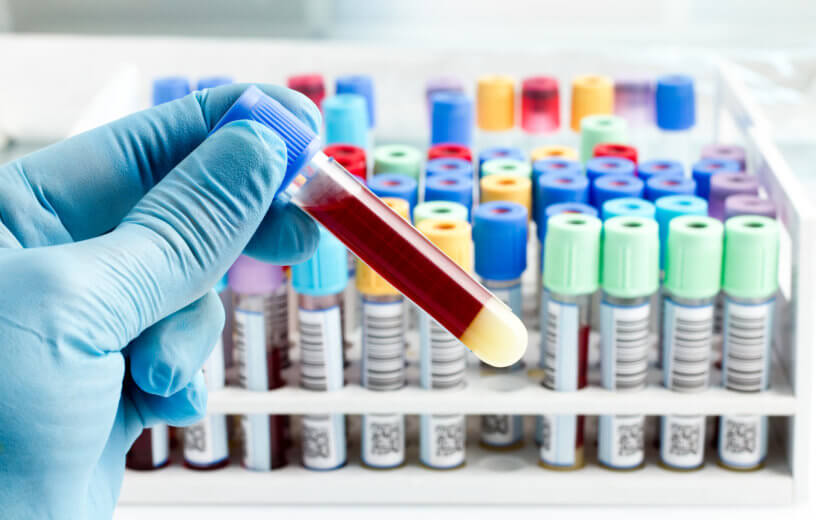DUBLIN — Psychotic disorders, probably most synonymous with schizophrenia, are characterized by a disconnect from reality. Psychosis patients often see things that aren’t there, hear voices, or suffer from intense paranoia. Suffice to say, psychosis is an awful condition. Unfortunately, attempting to identify individuals at an elevated risk of developing psychosis later in life has proven elusive.
Now, however, researchers from RSCI University have developed a novel and potentially game changing new way to predict if a person is at risk of psychosis years down the line: a blood test.
Some people exhibit mild or brief psychotic symptoms throughout their lives, and are thus considered at a high risk of developing psychosis in the future. But, even in these cases, only 20-30% of such people actually end up developing an actual psychotic disorder.
How your blood can determine your risk for psychosis
For their research, scientists analyzed a collection of blood samples taken from people already classified as being at high risk for psychosis. Then, they kept tabs on those individuals over the following years to see who did and didn’t develop a psychotic disorder.
Using this process, along with some machine learning, researchers identified patterns of proteins within those blood samples that correlate with who had and hadn’t developed psychosis during the followup period.
A significant portion of those proteins are related to inflammation. This suggests, according to the study, that people who eventually suffer from psychosis undergo immune system changes fairly early in their life. All of this strongly indicates that a blood test measuring levels of these proteins can accurately predict psychosis outcomes years down the line.
Results show impressive accuracy
The most accurate test, which focuses on the 10 most predictive proteins, is able to correctly estimate future psychosis patients in 93% of cases. It also correctly identifies individuals at little to no risk of the condition 80% of the time.
“Ideally, we would like to prevent psychotic disorders, but that requires being able to accurately identify who is most at risk,” says Professor David Cotter, the study’s senior and corresponding author and professor of molecular psychiatry at RCSI, in a release.
“Our research has shown that, with help from machine learning, analysis of protein levels in blood samples can predict who is at truly at risk and could possibly benefit from preventive treatments. We now need to study these markers in other people at high risk of psychosis to confirm these findings,” he adds.
The study is published in JAMA Psychiatry.
Like studies? Follow us on Facebook!

Here’s hoping!
So it appears every decade or so. This is the 20’s first attempt. No . bumps on your head do not indicate mental malady anymore than a potential marker in blood . inductrive logic ! Junk science!
False positives lead to unnecessary stigma and unnecessary treatment. No evidence to support early diagnosis and treatment.